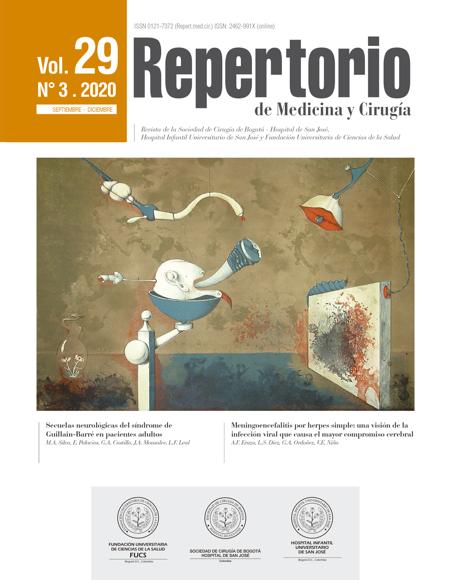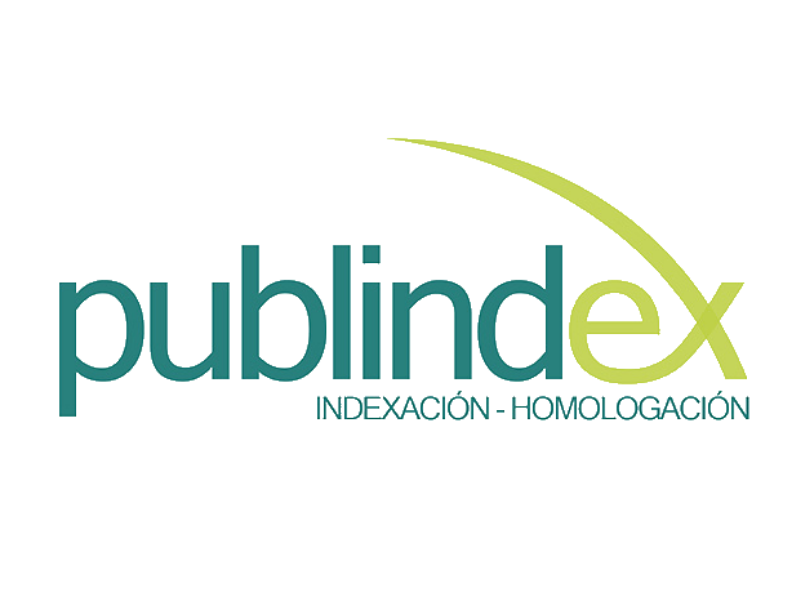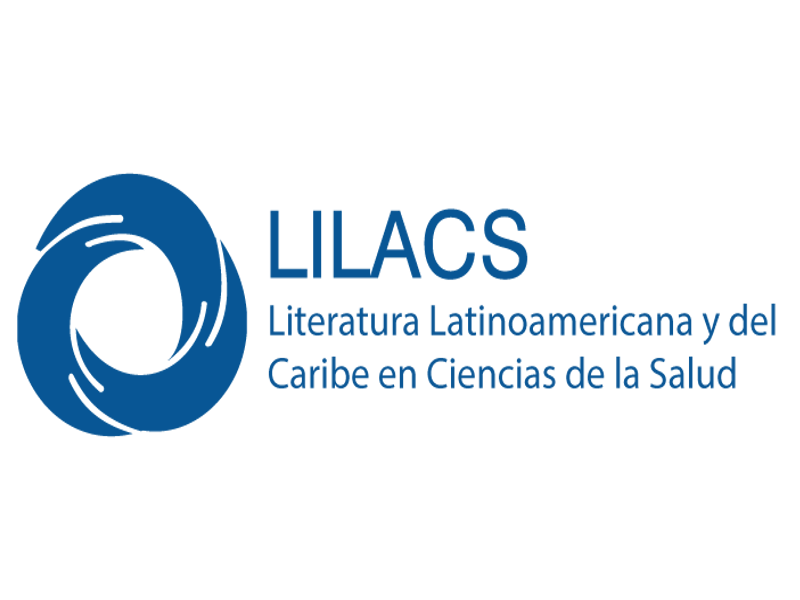Infantile epileptic encephalopathy in a colombian child with a pathogenic de novo STXBP1 gene variant
Encefalopatía epiléptica infantil en un paciente colombiano con una variante patogénica de novo en el gen STXBP1
![]()
![]()

Show authors biography
The development of molecular studies has allowed identifying the genetic cause of various diseases such as infantile epileptic encephalopathy. Several pathogenic variants of different genes have been implicated including the STXBP1 gene. STXBP1 encephalopathy with epilepsy is inherited in an autosomal dominant pattern with disrupted liberation of regulatory mechanisms of neurotransmitters in the synaptic vesicles associated with neurodevelopmental impairments. This condition is characterized by early onset with seizures in the first two months of life. Affected patients may have eating problems, movement disorders and autism spectrum disorders. Herein we present a case of a Colombian infant with STXBP1 encephalopathy with epilepsy. We describe the clinical aspects of the disease to sensitize health care professionals for them to identify this condition and achieve an early diagnosis. This is the first publication in Colombia on a patient featuring this type of etiology.
Article visits 1554 | PDF visits 645
Downloads
- Shbarou R, Mikati MA. The Expanding Clinical Spectrum of Genetic Pediatric Epileptic Encephalopathies. Semin Pediatr Neurol. 2016;23(2):134-142. doi:10.1016/j.spen.2016.06.002 DOI: https://doi.org/10.1016/j.spen.2016.06.002
- Milh M, Riccardi F, Denis J. Genetics of neonatal onset epilepsies: An overview. Rev Neurol (Paris). May 2019. doi:10.1016/j. neurol.2019.01.396
- Khaikin Y, Mercimek-Mahmutoglu S. STXBP1 Encephalopathy with Epilepsy. In: Adam MP, Ardinger HH, Pagon RA, et al., eds. GeneReviews®. Seattle (WA): University of Washington, Seattle; 1993. http://www.ncbi.nlm.nih.gov/books/NBK396561/. Accessed June 20, 2019.
- Pearl PL. Epilepsy Syndromes in Childhood. Contin Minneap Minn. 2018;24(1, Child Neurology):186-209. doi:10.1212/ CON.0000000000000568 DOI: https://doi.org/10.1212/CON.0000000000000568
- Hussain S, Davanger S. The discovery of the soluble N-ethylmaleimide-sensitive factor attachment protein receptor complexandthemolecularregulationofsynapticvesicletransmitter release: the 2010 Kavli Prize in neuroscience. Neuroscience. 2011;190:12-20. doi:10.1016/j.neuroscience.2011.05.057 DOI: https://doi.org/10.1016/j.neuroscience.2011.05.057
- Ramakrishnan NA, Drescher MJ, Drescher DG. The SNARE complex in neuronal and sensory cells. Mol Cell Neurosci. 2012;50(1):58-69. doi:10.1016/j.mcn.2012.03.009 DOI: https://doi.org/10.1016/j.mcn.2012.03.009
- Saitsu H, Kato M, Mizuguchi T, et al. De novo mutations in the gene encoding STXBP1 (MUNC18-1) cause early infantile epileptic encephalopathy. Nat Genet. 2008;40(6):782-788. doi:10.1038/ ng.150 DOI: https://doi.org/10.1038/ng.150
- Uddin M, Woodbury-Smith M, Chan AJS, et al. Genomic Context Analysis of de Novo STXBP1 Mutations Identifies Evidence of Splice Site DNA-Motif Associated Hotspots. G3amp58 GenesGenomesGenetics. 2018;8(4):1115-1118. doi:10.1534/ g3.118.200080 DOI: https://doi.org/10.1534/g3.118.200080
- Swanson DA, Steel JM, Valle D. Identification and Characterization of the Human Ortholog of Rat STXBP1, a Protein Implicated in Vesicle Trafficking and Neurotransmitter Release. Genomics. 1998;48(3):373-376. doi:10.1006/geno.1997.5202 DOI: https://doi.org/10.1006/geno.1997.5202
- Shen C, Rathore SS, Yu H, et al. The trans-SNARE-regulating function of Munc18-1 is essential to synaptic exocytosis. Nat Commun. 2015;6(1). doi:10.1038/ncomms9852 DOI: https://doi.org/10.1038/ncomms9852
- Toonen RFG, Wierda K, Sons MS, et al. Munc18-1 expression levels control synapse recovery by regulating readily releasable pool size. Proc Natl Acad Sci. 2006;103(48):18332-18337. doi:10.1073/ pnas.0608507103 DOI: https://doi.org/10.1073/pnas.0608507103
- Suri M, Evers JMG, Laskowski RA, et al. Protein structure and phenotypic analysis of pathogenic and population missense variants in STXBP1. Mol Genet Genomic Med. 2017;5(5):495-507. doi:10.1002/mgg3.304 DOI: https://doi.org/10.1002/mgg3.304
- Verhage M. Synaptic Assembly of the Brain in the Absence of Neurotransmitter Secretion. Science. 2000;287(5454):864-869. doi:10.1126/science.287.5454.864 DOI: https://doi.org/10.1126/science.287.5454.864
- Yamamoto T, Shimojima K, Yano T, et al. Loss-of-function mutations of STXBP1 in patients with epileptic encephalopathy. Brain Dev. 2016;38(3):280-284. doi:10.1016/j.braindev.2015.09.004 DOI: https://doi.org/10.1016/j.braindev.2015.09.004
- Zhou P, He N, Zhang J-W, et al. Novel mutations and phenotypes of epilepsy-associated genes in epileptic encephalopathies. Genes Brain Behav. 2018;17(8):e12456. doi:10.1111/gbb.12456 DOI: https://doi.org/10.1111/gbb.12456
- Patzke C, Han Y, Covy J, et al. Analysis of conditional heterozygous STXBP1 mutations in human neurons. J Clin Invest. 2015;125(9):3560-3571. doi:10.1172/JCI78612 DOI: https://doi.org/10.1172/JCI78612
- Yamashita S, Chiyonobu T, Yoshida M, et al. Mislocalization of syntaxin-1 and impaired neurite growth observed in a human iPSC model for STXBP1 -related epileptic encephalopathy. Epilepsia. 2016;57(4):e81-e86. doi:10.1111/epi.13338 DOI: https://doi.org/10.1111/epi.13338
- The DDD Study, Homozygosity Mapping Collaborative for Autism, UK10K Consortium, et al. Synaptic, transcriptional and chromatin genes disrupted in autism. Nature. 2014;515(7526):209- 215. doi:10.1038/nature13772 DOI: https://doi.org/10.1038/nature13772
- Murillo E. Características de las personas con el síndrome STXBP1 en España: implicaciones para el diagnóstico. An Pediatría. May 2019. doi:10.1016/j.anpedi.2019.04.008 DOI: https://doi.org/10.1016/j.anpedi.2019.04.008
- Stamberger H, Nikanorova M, Willemsen MH, et al. STXBP1 encephalopathy: A neurodevelopmental disorder including epilepsy. Neurology. 2016;86(10):954-962. doi:10.1212/ WNL.0000000000002457 DOI: https://doi.org/10.1212/WNL.0000000000002457
- Ortega-Moreno L, Giráldez BG, Verdú A, et al. Nueva mutación en el gen STXBP1 en un paciente con síndrome de Ohtahara no lesional. Neurología. 2016;31(8):523-527. doi:10.1016/j. nrl.2014.10.017 DOI: https://doi.org/10.1016/j.nrl.2014.10.017
- Milh M, Villeneuve N, Chouchane M, et al. Epileptic and nonepileptic features in patients with early onset epileptic encephalopathy and STXBP1 mutations: STXBP1 and Early Onset Epilepsy. Epilepsia. 2011;52(10):1828-1834. doi:10.1111/j.1528- 1167.2011.03181.x DOI: https://doi.org/10.1111/j.1528-1167.2011.03181.x
- Saitsu H, Kato M, Okada I, et al. STXBP1 mutations in early infantile epileptic encephalopathy with suppression-burst pattern: Haploinsufficiency of STXBP1 in EIEE. Epilepsia. 2010;51(12):2397-2405. doi:10.1111/j.1528-1167.2010.02728.x DOI: https://doi.org/10.1111/j.1528-1167.2010.02728.x
- Keogh MJ, Daud D, Pyle A, et al. A novel de novo STXBP1 mutation is associated with mitochondrial complex I deficiency and late- onset juvenile-onset parkinsonism. neurogenetics. 2015;16(1):65- 67. doi:10.1007/s10048-014-0431-z DOI: https://doi.org/10.1007/s10048-014-0431-z
- Lanoue V, Chai YJ, Brouillet JZ, et al. STXBP1 encephalopathy: Connecting neurodevelopmental disorders with α-synucleinopathies? Neurology. June 2019:10.1212/ WNL.0000000000007786. doi:10.1212/WNL.0000000000007786 DOI: https://doi.org/10.1212/WNL.0000000000007786
- Yamamoto T, Imaizumi T, Yamamoto-Shimojima K, et al. Genomic backgrounds of Japanese patients with undiagnosed neurodevelopmental disorders. Brain Dev. June 2019. doi:10.1016/j.braindev.2019.05.007 DOI: https://doi.org/10.1016/j.braindev.2019.05.007
- Campbell IM, Yatsenko SA, Hixson P, et al. Novel 9q34.11 gene deletions encompassing combinations of four Mendelian disease genes: STXBP1, SPTAN1, ENG, and TOR1A. Genet Med. 2012;14(10):868-876. doi:10.1038/gim.2012.65 DOI: https://doi.org/10.1038/gim.2012.65
- Yuen RKC, Thiruvahindrapuram B, Merico D, et al. Whole-genome sequencing of quartet families with autism spectrum disorder. Nat Med. 2015;21(2):185-191. doi:10.1038/nm.3792 DOI: https://doi.org/10.1038/nm.3792
- Rezazadeh A, Uddin M, Snead OC, et al. STXBP1 encephalopathy is associated with awake bruxism. Epilepsy Behav. 2019;92:121- 124. doi:10.1016/j.yebeh.2018.12.018 DOI: https://doi.org/10.1016/j.yebeh.2018.12.018
- Liu J, Tong L, Song S, et al. Novel and de novo mutations in pediatric refractory epilepsy. Mol Brain. 2018;11(1). doi:10.1186/ s13041-018-0392-5 DOI: https://doi.org/10.1186/s13041-018-0392-5
- Kovačević J, Maroteaux G, Schut D, et al. Protein instability, haploinsufficiency, and cortical hyper-excitability underlie STXBP1 encephalopathy. Brain. 2018;141(5):1350-1374. doi:10.1093/brain/awy046 DOI: https://doi.org/10.1093/brain/awy046
- Uddin M, Woodbury-Smith M, Chan A, et al. Germline and somatic mutations in STXBP1 with diverse neurodevelopmental phenotypes. Neurol Genet. 2017;3(6):e199. doi:10.1212/ NXG.0000000000000199 DOI: https://doi.org/10.1212/NXG.0000000000000199












